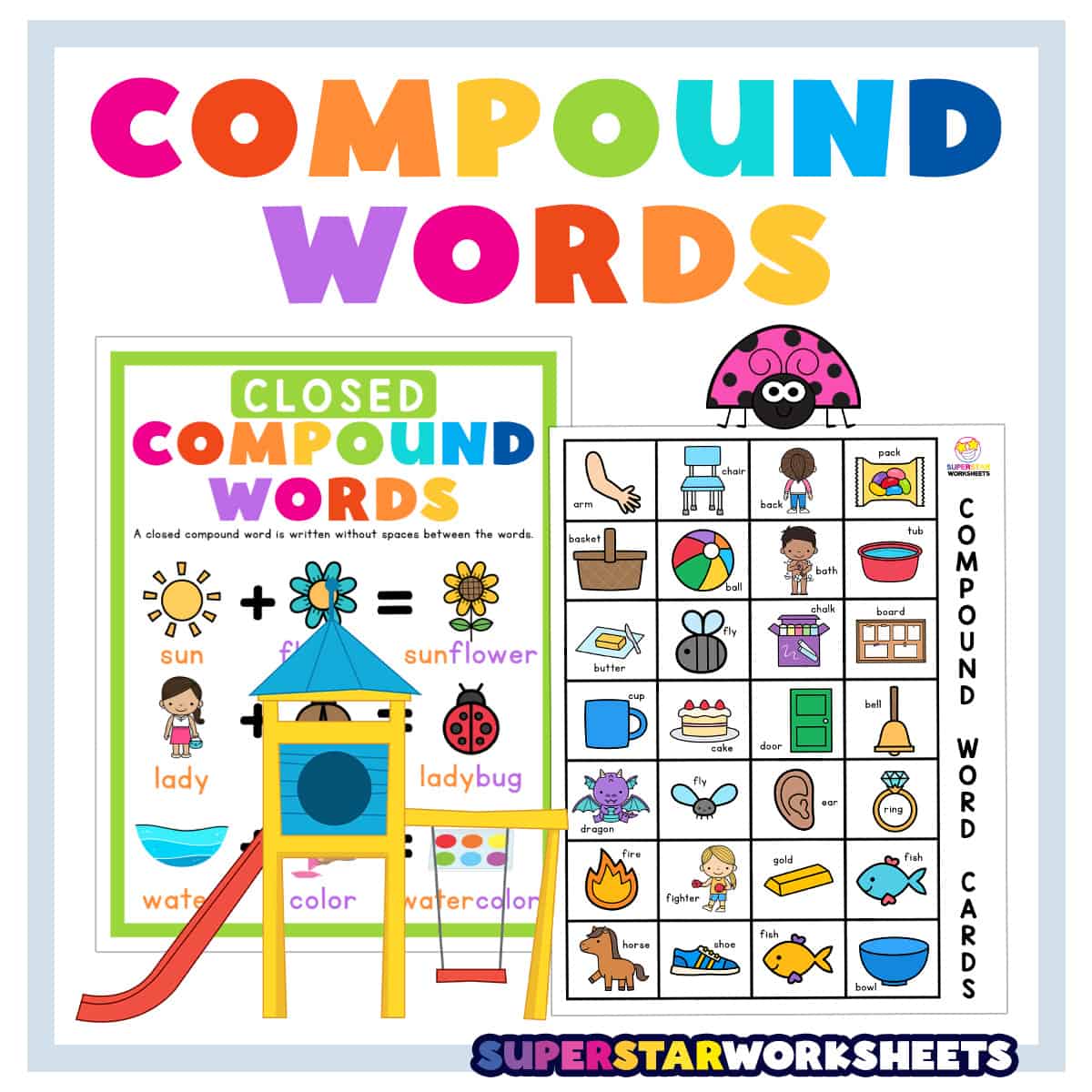
These Compound Words resources make teaching compound words at the elementary level fun and easy! Use our free, printable flashcards, lists, and reading passages to engage your learners and build their literacy skills! With a variety of resources and activities for students in grades preschool through grade 4, there is sure to be something for use in your classroom! Wanting even more early reading activities? Check out our Grade 1 READ Curriculum today!
What is a Compound Word?
When teaching reading to kids, you are sure to talk about compound words. A compound word is simply two words that are joined together to make a new word with a new meaning. For example, “sun” and “flower” are two separate words, but when you put them together, you get “sunflower”, which is a completely different word with its own meaning. Other examples of compound words include “rainbow”, “toothbrush”, and “bookshelf.”
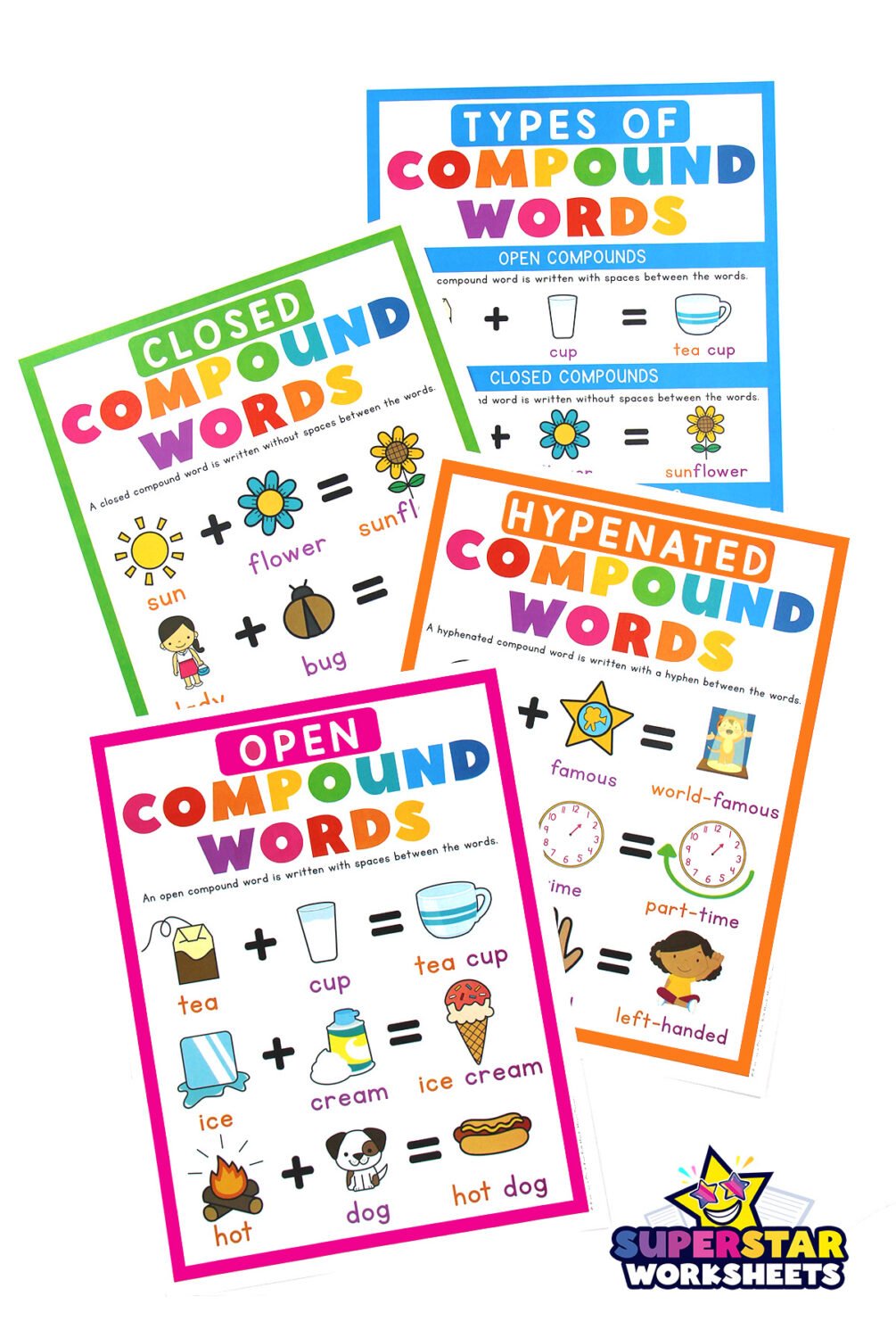
How to Teach Compound Words
Teaching compound words to kids can be a fun and engaging experience. Begin with simple examples that are easy to understand and recognize, such as “cupcake”, “playground”, and “bedroom”. You can use visual aids like pictures, flashcards, and diagrams to help explain what a compound word is and how it’s formed.
Playing games is another great way to teach compound words. You could play a matching game where kids match two words together to make a compound word or a scavenger hunt where kids have to find compound words around the classroom or at home. Reading books that contain compound words is also an excellent way to introduce kids to them, and Dr. Seuss books are a great example of books that contain lots of compound words.
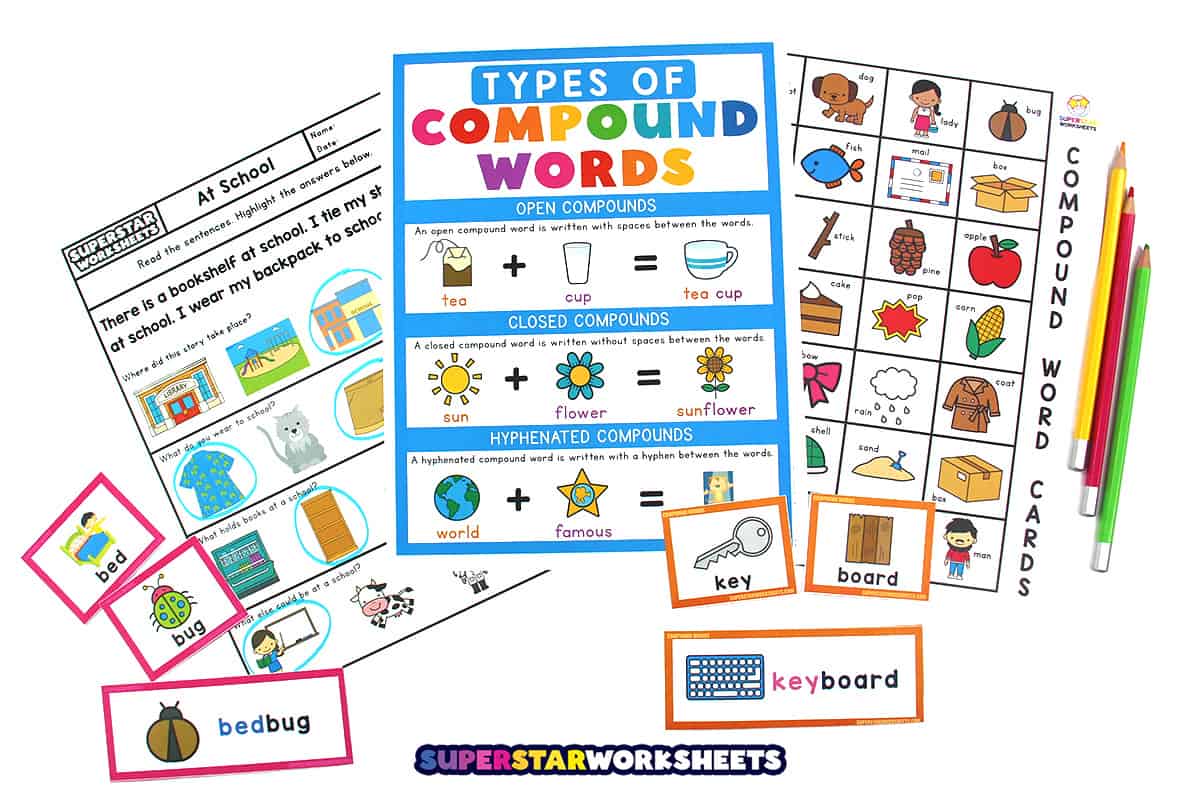
When to Teach Compound Words
Teaching compound words is an important part of early literacy development, and it’s never too early to start introducing them to kids. As soon as kids start learning to read, they can begin learning about compound words. In fact, compound words are often introduced in the early elementary school years, around first grade. This is because kids are starting to read and write more complex words and understand that compound words are an important part of building their vocabulary.
It’s also important to practice compound words throughout the elementary school years. This is because understanding compound words can help with spelling and decoding skills. When kids know that a word is made up of two smaller words, they can use that knowledge to figure out how to spell and read the word. This can be especially helpful for longer, more complex words.
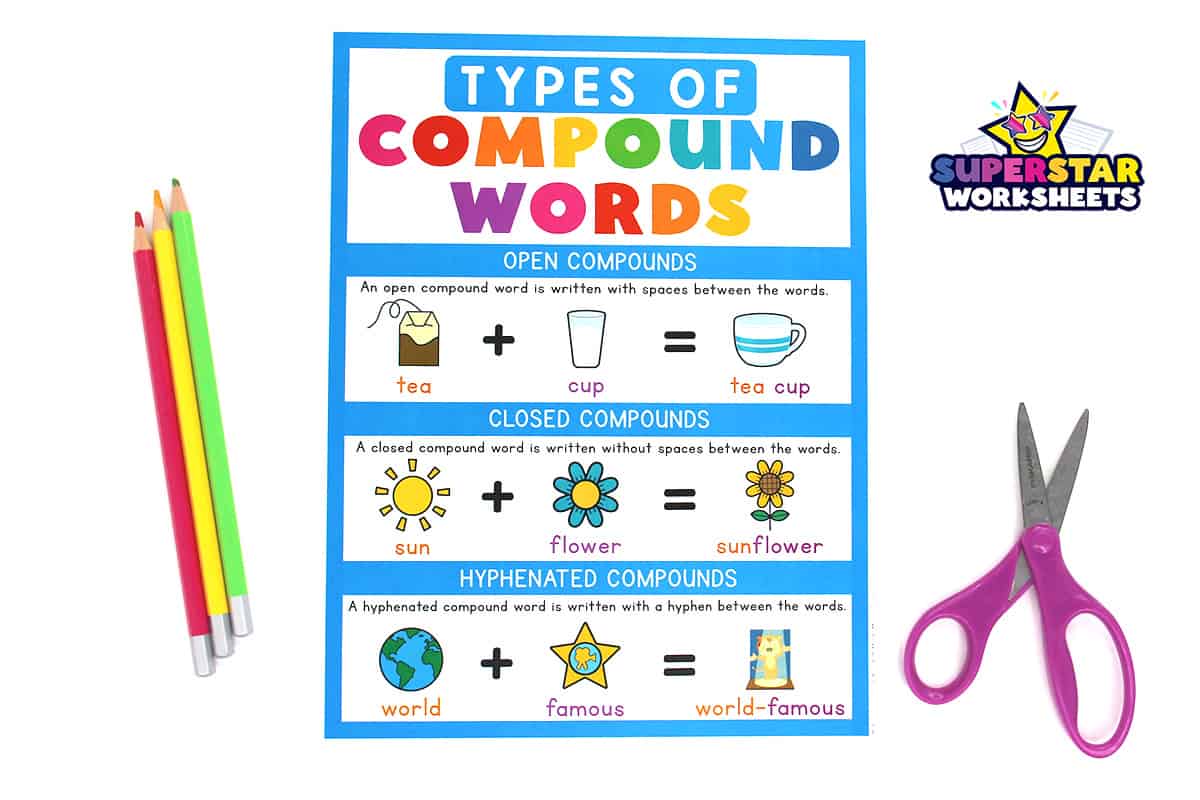
Types of Compound Words
Compound words can be classified into three types: open, closed, and hyphenated. Open compound words are two separate words that are written together, such as “ice cream” or “post office”. Closed compound words are two words that are joined together without a space, such as “toothbrush” or “sunflower”. Hyphenated compound words are two words that are joined together with a hyphen, such as “well-being” or “mother-in-law”. Understanding the different types of compound words can help with spelling, pronunciation, and writing throughout a student’s learning career (and life)!
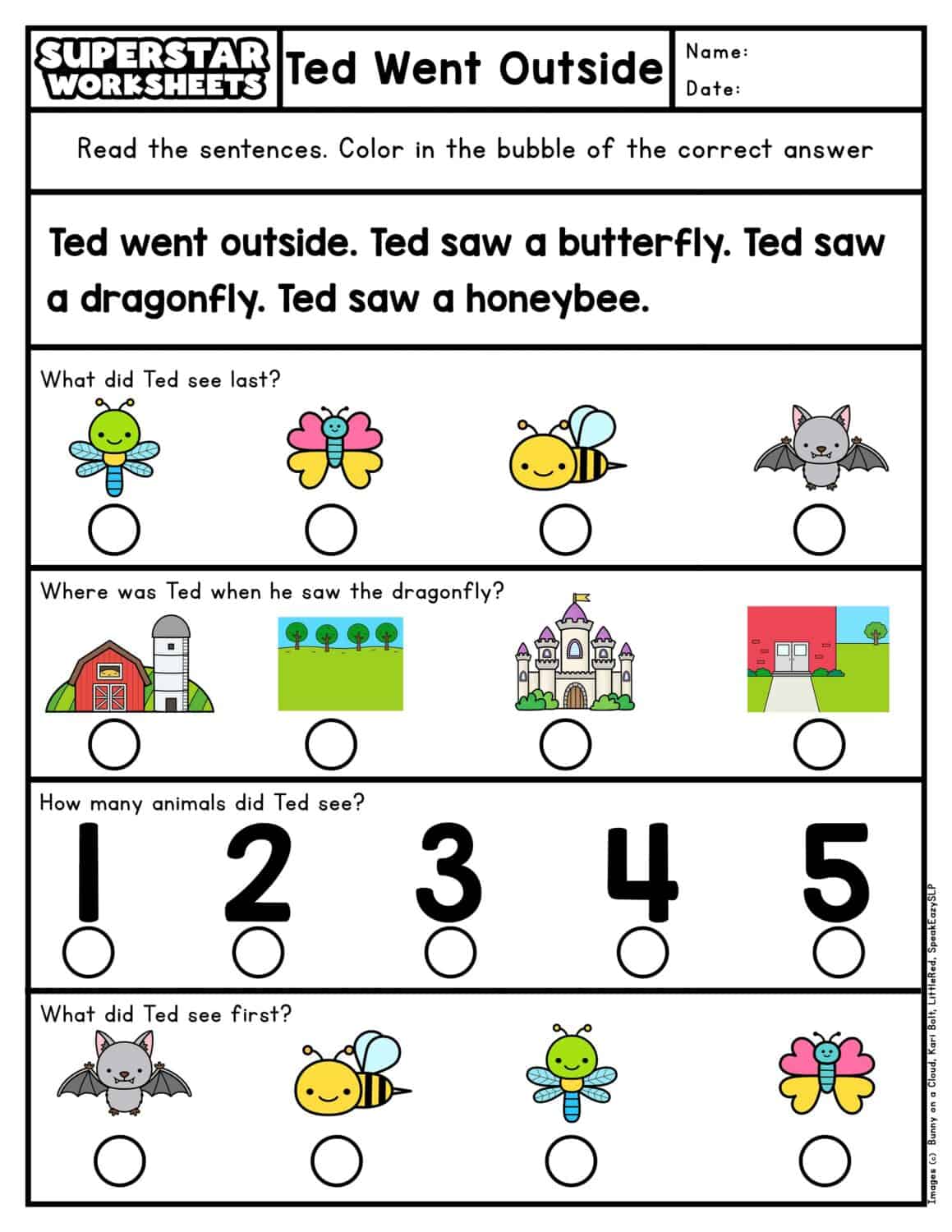
Compound Word Reading Passages
Compound Word Reading Passages make learning to read and comprehend fun in preschool to grade 3. These printable passages are written in a variety of grade levels and work well in both homeschool and classroom settings. Each passage is engaging and features four comprehension questions helping your students to become well-rounded readers.
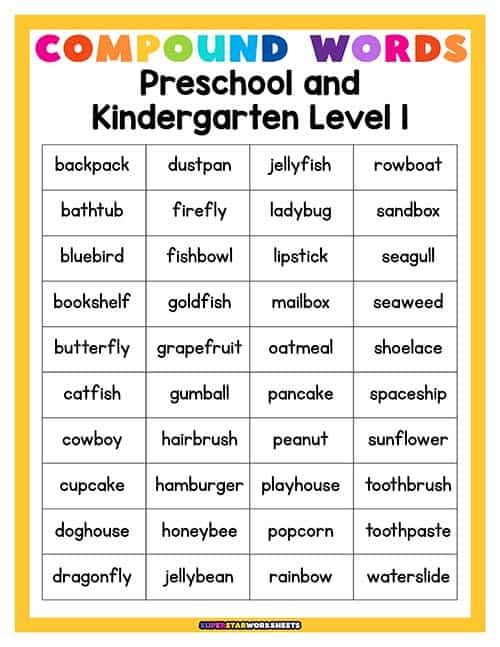
Compound Word Lists
Compound Word Lists for elementary students are free and easy to use! Students of different grades and reading levels will be included in this pack. By sounding out each syllable, children will practice reading a variety of different compound words.
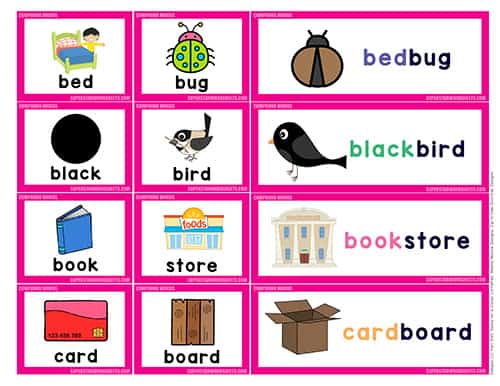
Compound Word Flashcards
Compound Word Flashcards are designed for students in grades preK through 4th grade. These free, printable PDF flashcards are sure to help your students learn how to read, recognize words, and gain confidence when reading compound words.
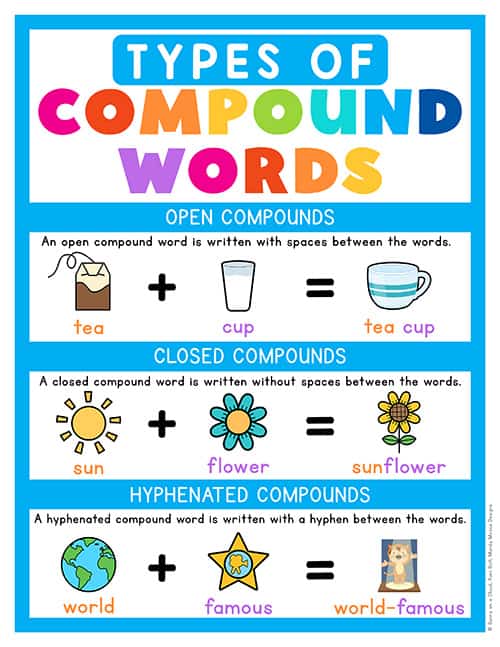
Compound Word Anchor Charts
Compound Word Anchor Charts are designed for students and teachers learning the different types of compound words. There are four beautifully created charts that reference each type of compound word and can be hung in classroom and homeschool settings.
Tools for Teaching Compound Words
- Word Puzzles
- Games
- Picture Books
- Letter tiles
- Magnetic Letters
Compound Words by Grade Level
Level 1: This compound word list includes a backpack, bathtub, bluebird, bookshelf, butterfly, catfish, cowboy, cupcake, doghouse, dragonfly, dustpan, firefly, fishbowl, goldfish, grapefruit, gumball, hairbrush, hamburger, honeybee, jellybean, jellyfish, ladybug, lipstick, mailbox, oatmeal, pancake, peanut, playhouse, popcorn, rainbow, rowboat, sandbox, seagull, seaweed, shoelace, spaceship, sunflower, toothbrush, toothpaste, and waterslide.
Level 2: This compound word list includes: airplane, cornbread, inchworm, sailboat, applesauce, baseball, basketball, bedroom, birthday, bookmark, campfire, cheeseburger, cookbook, doughnut, eyebrow, eggshells, fireplace, flashlight, football, gumdrop, haystack, headband, ladybug, raindrop, lighthouse, meatball, milkshake, nightlight, notebook, playground, raindrop, snowball, softball, sunrise, tablecloth, teardrop, washcloth, watermelon, wheelchair, and workbook.
Level 3: This compound word list includes: armchair, blueberry, bookcase, candlestick, cheesecake, crosswalk, dishwasher, doorknob, earlobe, eggplant, fingernail, firework, gingerbread, grapevine, headlight, hedgehog, honeycomb, hourglass, keyboard, kickball, laptop, lifeguard, motorcycle, newspaper, outside, pinwheel, ponytail, raincoat, restroom, schoolwork, sidewalk, snowflake, sunburn, sunglasses, superhero, teacup, teapot, textbook, volleyball, and wastebasket.
Level 4: This compound word list includes: bedbug, blackbird, bookstore, cardboard, chalkboard, chopsticks, classroom, driveway, drumstick, eardrum, eyeglass, firefighter, flagpole, headlight, hedgehog, honeycomb, hourglass, iceberg, keyboard, moonlight, newborn, nutcracker, placemats, postcard, pothole, quarterback, railroad, rattle, sandpaper, seahorse, shortcake, skateboard, snowflake, suitcase, swordfish, tablespoon, tugboat, watercolor, windmill and yardstick.
Want to continue practicing early learning skills with your students? Our READ 1st grade curriculum notebook is the perfect addition to your early elementary or homeschool classroom settings!
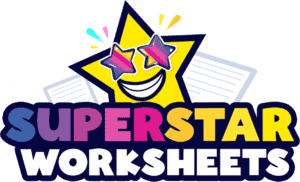
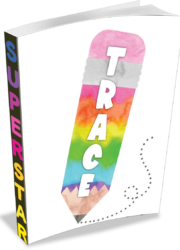
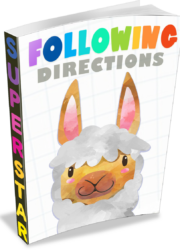
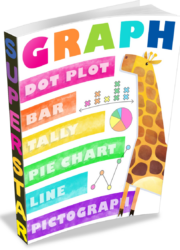
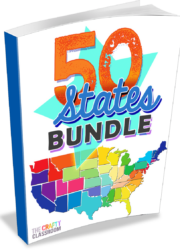
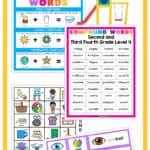
Comment (1)
These look amazing!!